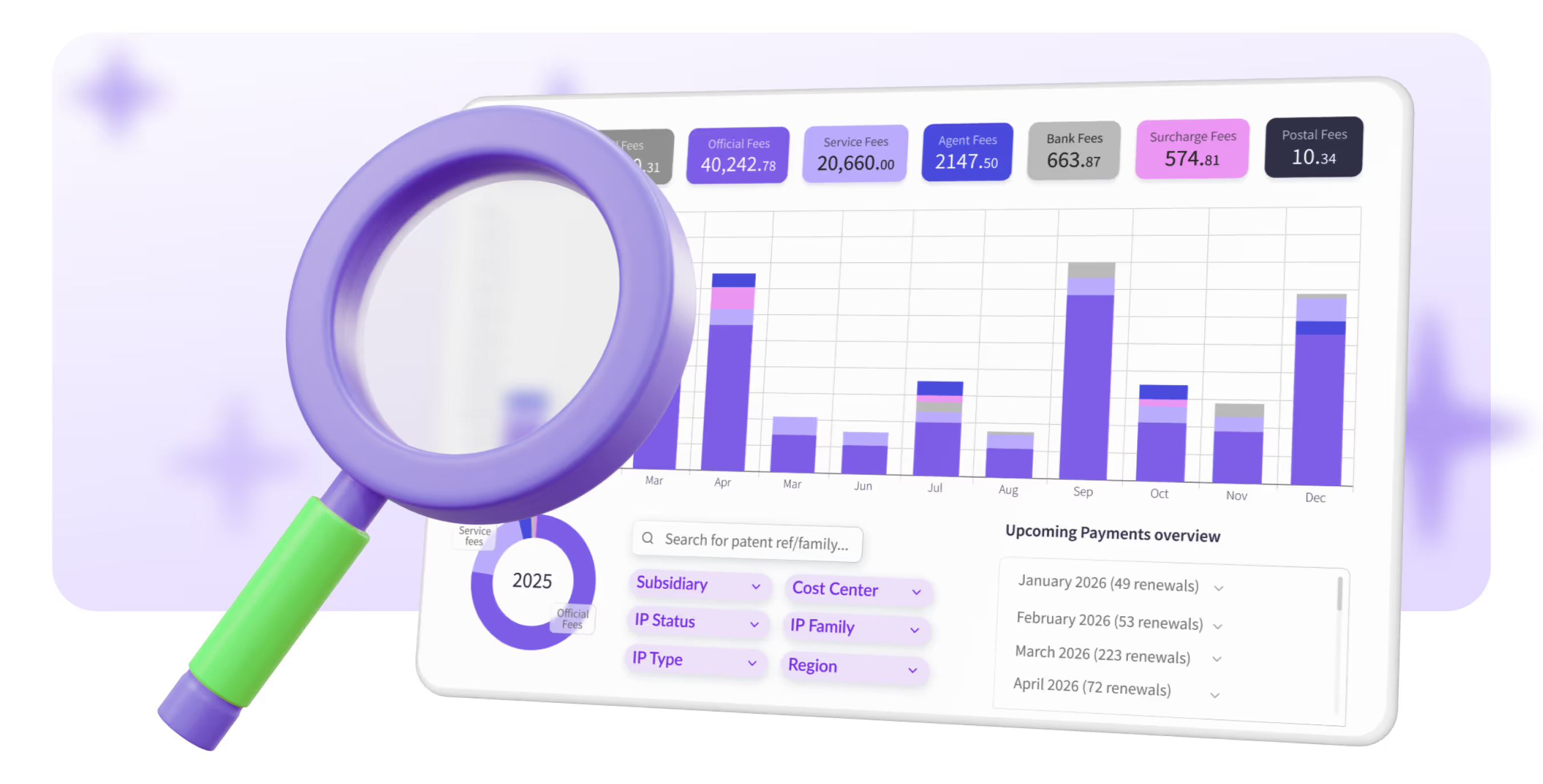TRY OUR NEW (FREE) IP RENEWAL COST CALCULATOR
Calculate

Through our series of Nordic inventions, we aim to highlight pioneering inventions from the Nordic countries. In this article, we explore the invention of two Danish brothers, Google Maps.
Google Maps has transformed the way we navigate the world. Created by a team of Danish innovators, this cutting-edge technology has become a vital tool for billions. By tracing its evolution from its early days to the present, we provide insights into its development, business impact, and the legal landscape.
Google Maps began as a vision of Danish brothers Lars and Jens Eilstrup Rasmussen. In the early 2000s, they founded Where 2 Technologies in Sydney, Australia. The brothers, along with their small team, worked on developing a robust and user-friendly mapping software. Their goal was to create an application that could be easily navigated and provide accurate, real-time mapping information.
Their breakthrough came with the creation of an interactive mapping system that allowed users to zoom in and out, pan across maps, and view various layers of information. This innovation caught the attention of Google, which acquired Where 2 Technologies in October 2004. The acquisition marked a significant turning point, providing the resources and platform needed to scale their invention globally.
After Google hired the Danish inventors, they led the team at Google that launched Google Maps in early 2005. They continued to improve the system, for instance, during their years at Google Jens Rasmussen designed the special pin of Google Maps, which only covers the exact point of the location.
At the heart of Google Maps' invention were several key technological breakthroughs, including:
The key patent underpinning Google Maps is the "Digital Mapping System" (US Patent No. 7894984B2), filed by Jens and Lars Eilstrup Rasmussen along with their team. This patent, granted on May 27, 2008, details the method of sending location requests from a client-side device to a map tile server, receiving map tiles, assembling them into a grid, and displaying the result as a cohesive map image. This technology enabled the dynamic, interactive experience that Google Maps is known for today.
The journey of Google Maps was not without legal challenges. The acquisition of key patents and intellectual property was crucial in establishing its dominance. Google had to navigate a complex web of patent laws and lawsuits, including disputes over mapping technologies and location-based services.
Notably, a lawsuit filed by a mapping company, HyperPhrase, in 2009 claimed Google Maps infringed on their patents. The lawsuit, filed in April, stated that two of Google's common products—AutoLink, a toolbar feature that links to information like maps, package tracking numbers, and vehicle identification numbers—and AdSense, which offers text-based and keyword-targeted ads, were using the patented technology.
The court decided in favor of Google, ruling that the technology employed by Google Maps did not violate the patents of HyperPhrase because AutoLink software creates links to information by identifying databases rather than a data reference.
The impact of Google Maps on businesses and consumers has been profound. For businesses, it provided a platform to reach customers through location-based services and advertising. For consumers, Google Maps transformed travel, commuting, and even daily errands by providing accurate and timely information, not to mention the trust building by giving reviews.
Statistics highlight Google Maps' reach and impact:
Google Maps has continually evolved since its inception. Recent advancements include the introduction of augmented reality navigation, indoor maps, and enhanced features for accessibility.
As the story of Google Maps demonstrates, managing patents and inventions is essential for protecting and capitalizing on innovation.
If you are an inventor or patent holder yourself and are interested in cost-effective digitalized patent renewals, get to know how you can upgrade your current IP management with our patent renewal software.
Learn more about another Nordic invention, Skype.
Interested in a free IP renewal consultation? Benchmark your current IP renewal setup and costs against market standards.
